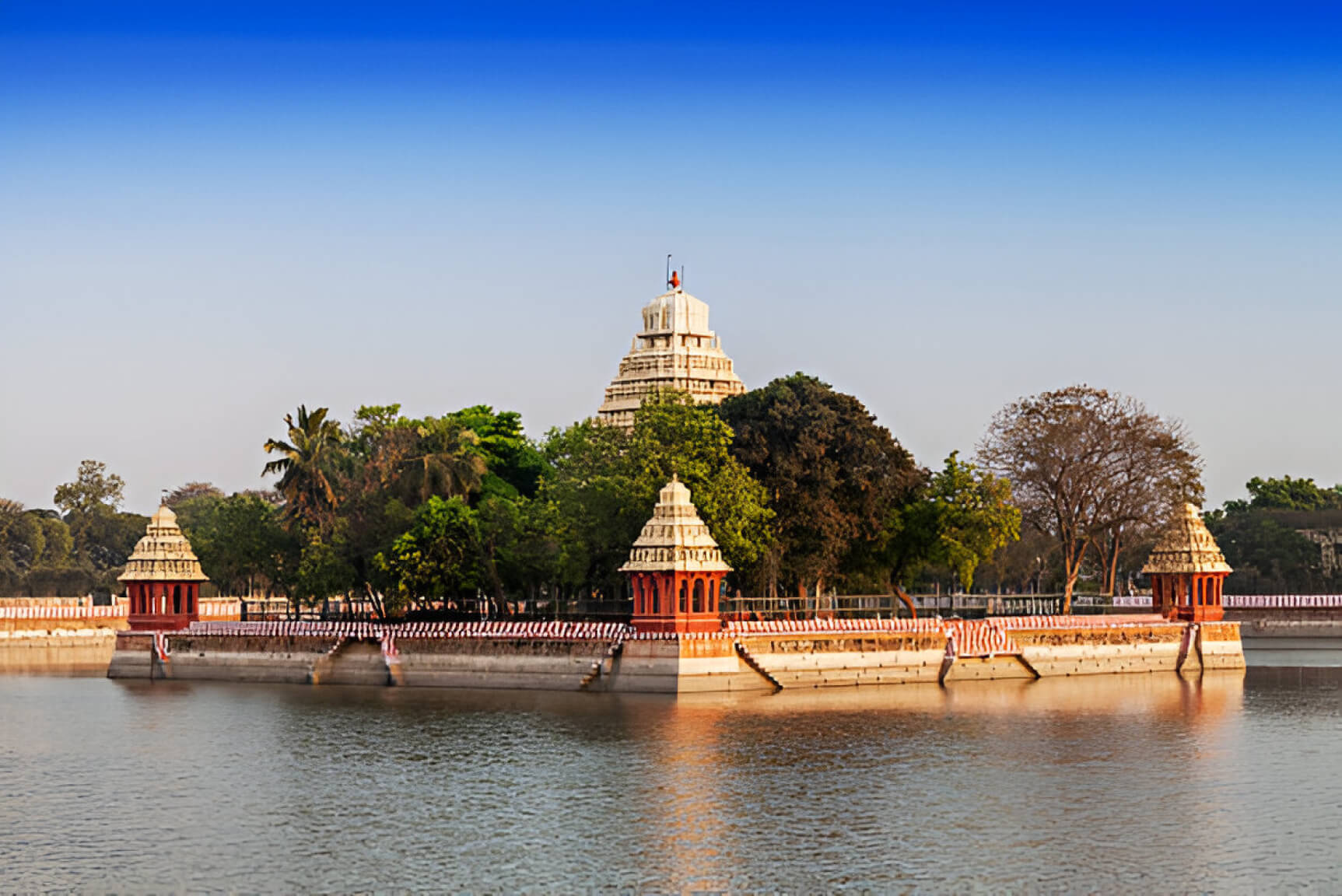
Other Places Of Interest
Kudal Alagar Perumal Temple
Thirupparan Kundram Murugan Temple
Pazhamudhir Solai
The Nayaka Palace
Mosques & Tombs
Anglican Cathedral
Gandhi Museum
Mariamman Teppakulam Tank
Alagarkoil
Samanar Hills
Find Your Perfect Read
Explore More
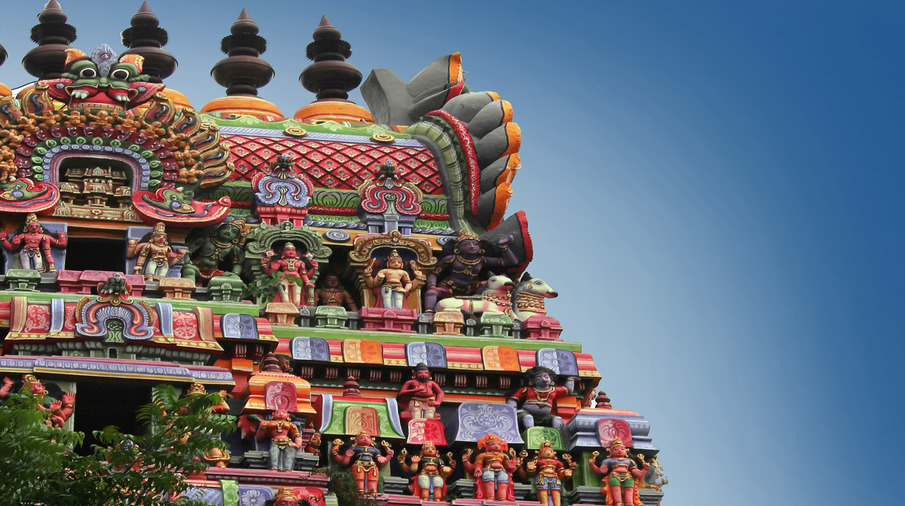
Madurai
Madurai weaves its myths and legends around a beloved goddess, the Devi Meenakshi Amman. For Madurai she is both the queen of the city and also their...
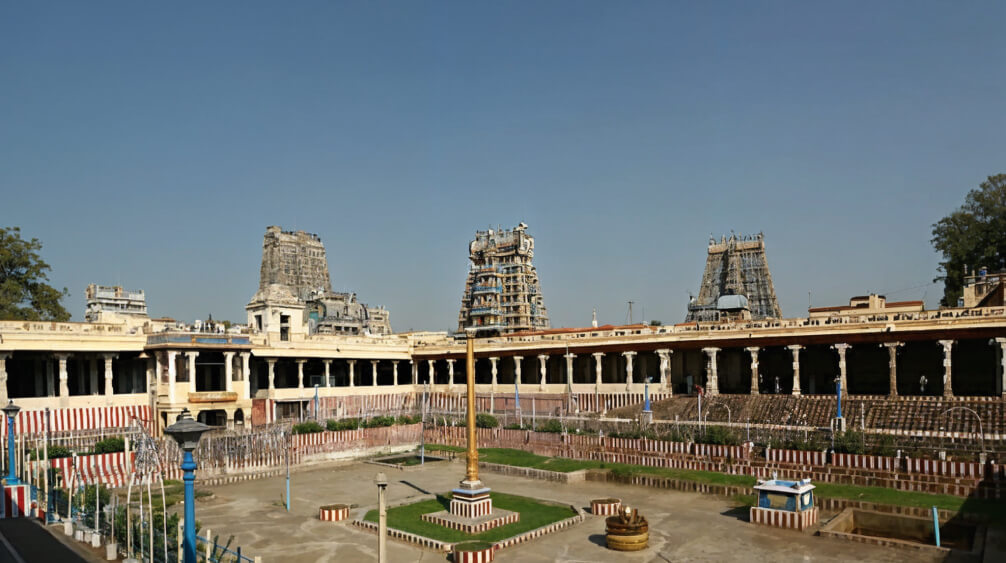
Meenakshi Sundareswarar
Even today the true heart of the city of Madurai is the great Meenakshi Amman Temple that is a celebration of the romance of the Princess...
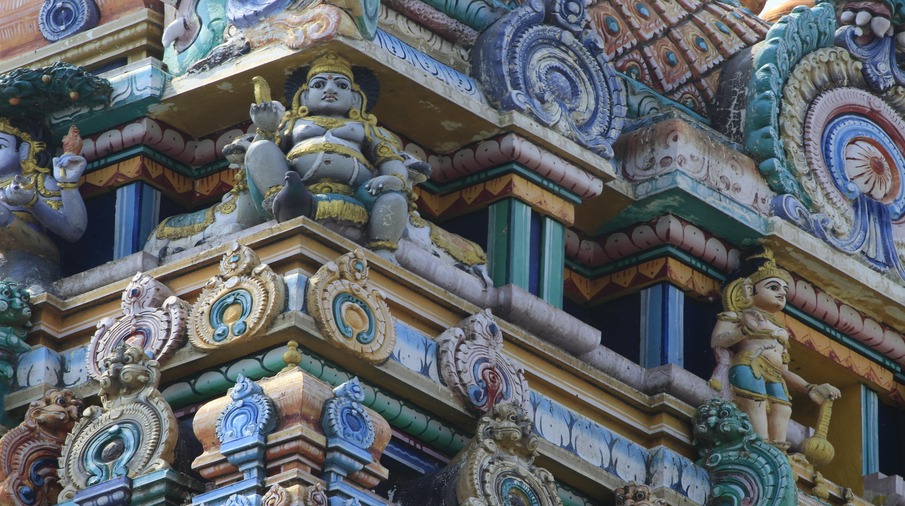
The Meenakshi Amman Temple
Meenakshi Amman of Madurai is by far the most popular goddess in the south. The tall gopuram gateways soaring towards...
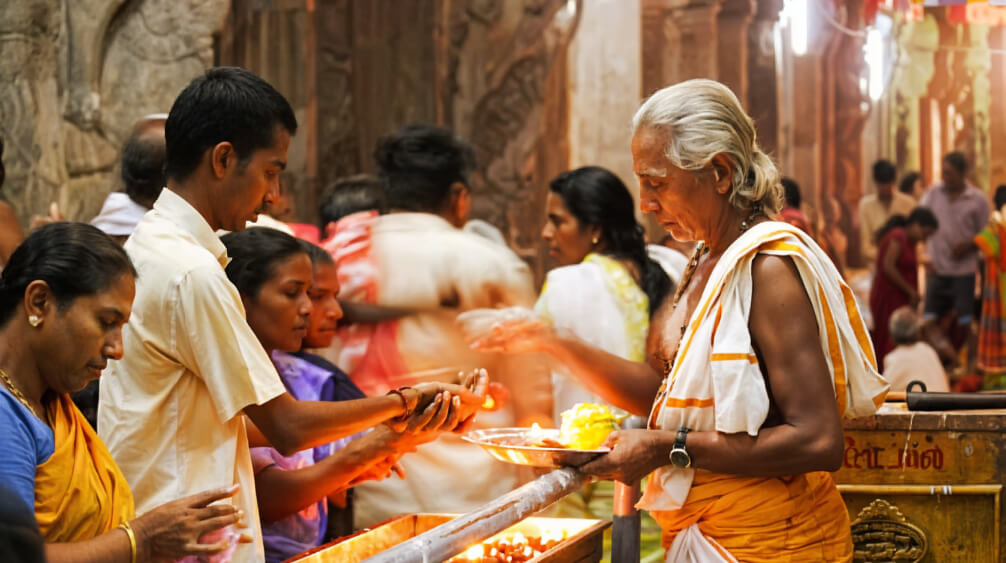
Pujas & Festivals
The puja or the rituals of worship are performed at the Meenakshi Amman Temple between 5:00 am to 12.30 pm and 4:00 pm to 10:00 pm. The temple is open...
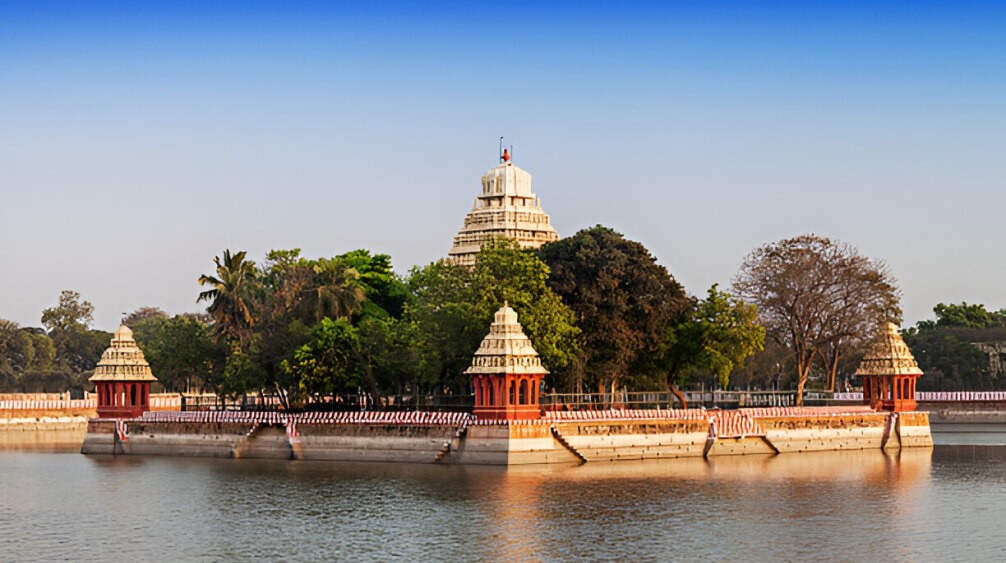
Other Places of Interest
There are a number of temples in Madurai that see pilgrims coming for worship. Also the city has a palace built by the Nayaka kings and a number of mosques, tombs and churches worth a visit...

